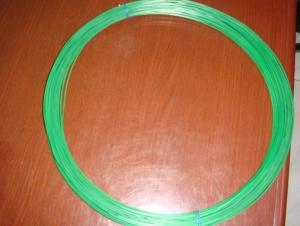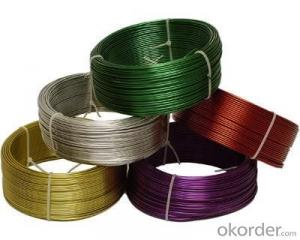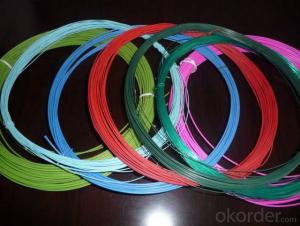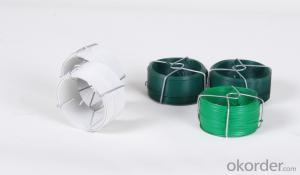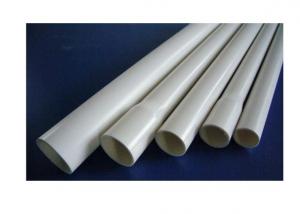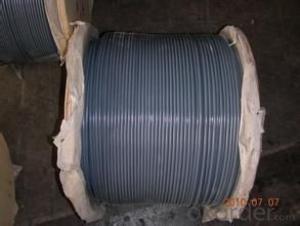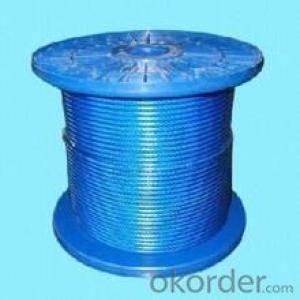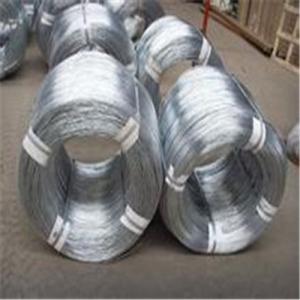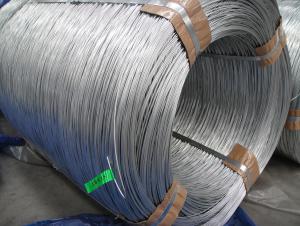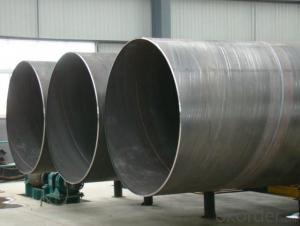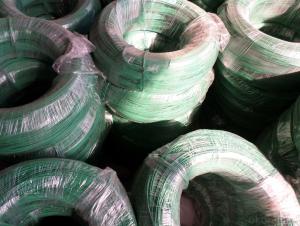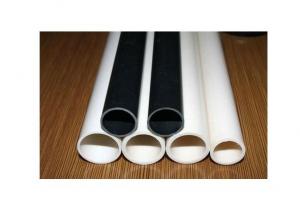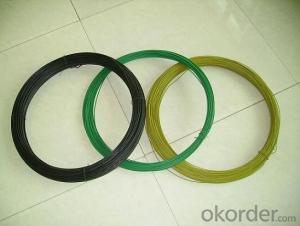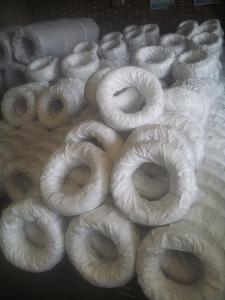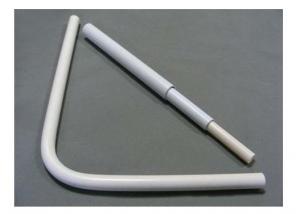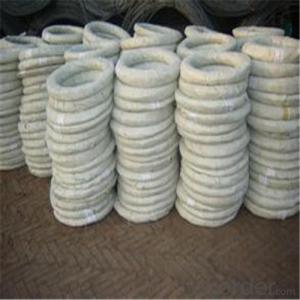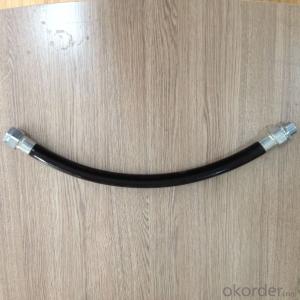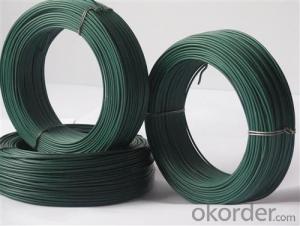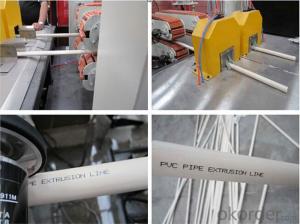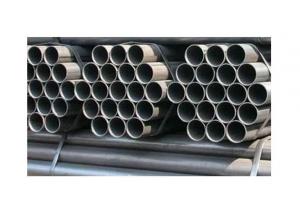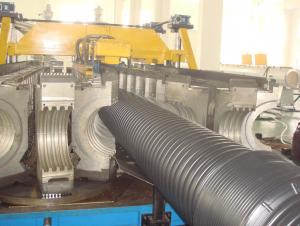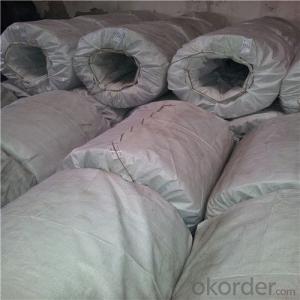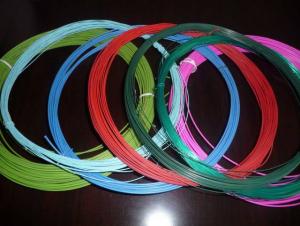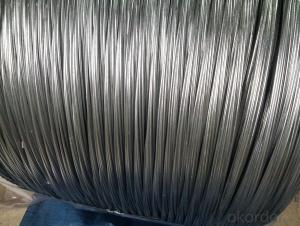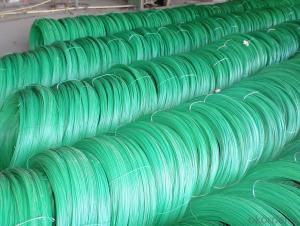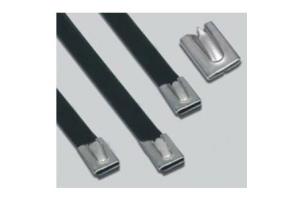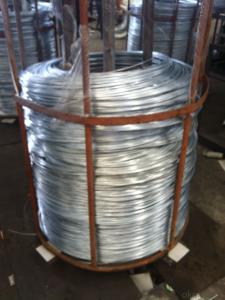Perforated Pvc Pipe
Perforated Pvc Pipe Related Searches
Clear Plastic Pvc Pipe 40Mm Pvc Pipe Pvc Adhesive Tape Pvc Crimp Coatedwire Clear Pvc Pipe 4 Inch Pvc Square Tube Rectangular Pvc Tube Pvc Fencing Galvanized Steel Pipes Dizayn Ppr Pipes Colored Polypropylene Tubing Non Galvanized Steel Pipe Pvc Sign Rfp Pipe Curved Plastic Tubing Gf Ppr Pipe Pvc Walls and Ceilings Pvc Ceilings Pvc Panel Door Pipe Stainless Black Pvc Door Large Diameter Clear Plastic Pipe Upvc Pipe Properties Galvanized Steel Culvert Pipe Galvanized Steel Piping Ag Pipe Flexible Steel Pipe Structure Pipe Borplus Ppr Pipes Pvc Down CeilingPerforated Pvc Pipe Supplier & Manufacturer from China
Perforated PVC pipes are a type of plastic conduit that features a series of evenly spaced holes along its length, allowing for the passage of water or other fluids while maintaining structural integrity. These pipes are commonly used in various industries and applications, such as agriculture for drip irrigation systems, construction for drainage purposes, and environmental engineering for water treatment processes. The unique design of these pipes makes them highly efficient in their respective fields, providing a cost-effective and reliable solution for fluid management.The perforated PVC pipes are widely used in different scenarios, including but not limited to, agricultural irrigation, construction drainage, and environmental management. Their versatility and durability make them a popular choice among professionals and homeowners alike. They are designed to withstand various environmental conditions, ensuring long-lasting performance and minimal maintenance. The consistent size and spacing of the perforations allow for precise control over fluid flow, making them ideal for applications where precise distribution is required.
Okorder.com is a leading wholesale supplier of perforated PVC pipes, offering a vast inventory to cater to the needs of various industries. As a reputable supplier, they ensure that the products they provide meet high-quality standards and are made from durable materials. Their extensive range of perforated PVC pipes allows customers to find the perfect fit for their specific requirements, whether it's for a small-scale project or a large-scale industrial application. By partnering with Okorder.com, customers can benefit from competitive pricing, fast shipping, and excellent customer service, making the procurement of perforated PVC pipes a hassle-free experience.

